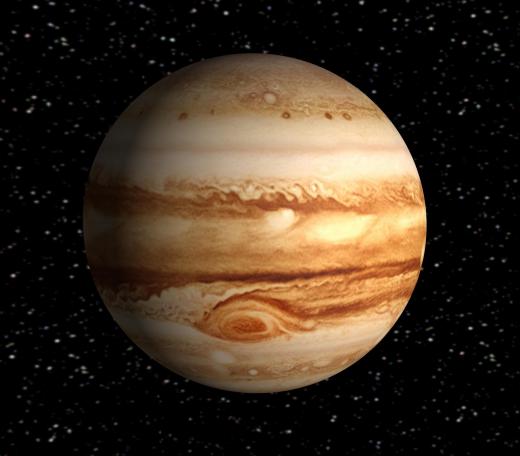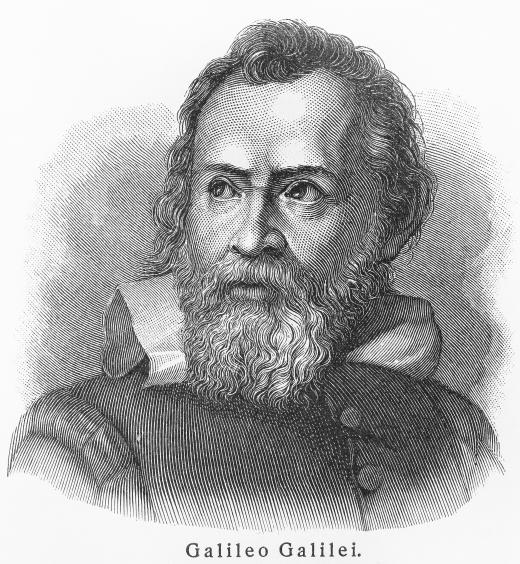What are Some Prominent Features of Jupiter?
 Michael Anissimov
Michael Anissimov
Jupiter is the most massive planet in the solar system, orbiting about 5.4 AUs (Earth-Sun lengths) from the Sun. It has a volume of 1321 Earths, but a mass of only 318 Earths, putting it just above the density of water. Its great size and relatively low mass, as well as its phase, Jupiter is called a gas giant. Other gas giants include Saturn, Uranus, and Neptune, although sometimes the latter two are referred to as ice giants instead.
To become large enough to fuse hydrogen and become a star, Jupiter would need to be 75 times more massive. Ironically, even a planet of that much more mass would be a smaller than Jupiter, as its gravity would compress it.

Jupiter has a composition similar to that of the Sun and other large stars and planets - about 90% hydrogen, 9% helium, and 1% other elements. It has more hydrogen that a typical star would because it lacks the ability to fuse its hydrogen into helium.
Jupiter has at least 63 moons, including four, Io, Ganymede, Europa, and Callisto, that were observed by Galileo Galilei when he invented the telescope. These are named the Galilean moons in his honor, and were observed up-close by the Voyager spacecraft when it made a flyby in 1979. Io was found to have volcanic activity, partially caused by its close proximity to Jupiter's powerful magnetic field, which churns the core of the planet like a washing machine.
The most characteristic feature of Jupiter is the Great Red Spot, a circular storm several times larger than Earth. It is known to have existed since at least the 1600s but we are unsure how much older than that it is.

We Earthlings have a lot to thank for the presence of Jupiter, as it absorbs many large comets and asteroids that might otherwise impact our small and fragile planet. Such an event occurred in 2005, when the comet Shoemaker-Levy broke up and struck Jupiter's atmosphere, leaving a series of holes in Jupiter's atmosphere hundreds of km across.
AS FEATURED ON:
AS FEATURED ON:












Discuss this Article
Post your comments